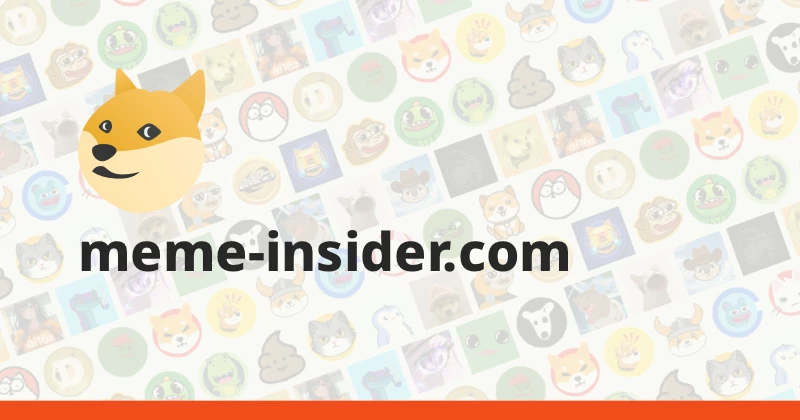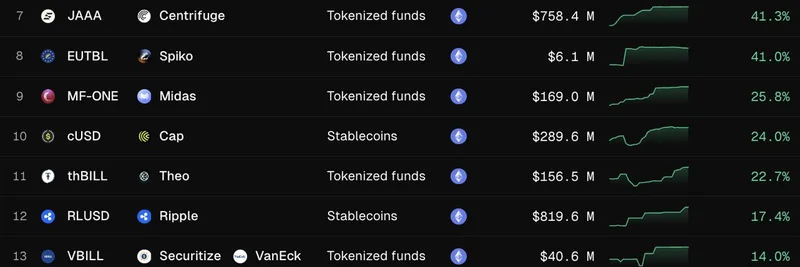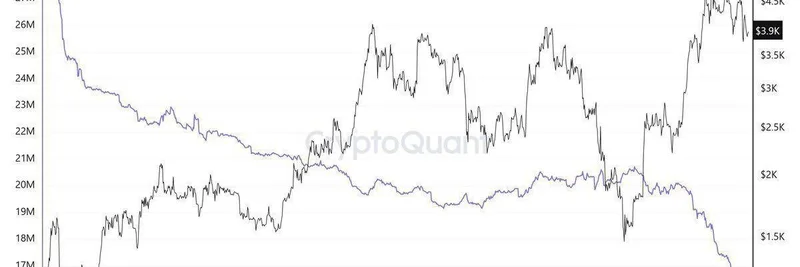Hey there, crypto enthusiasts and blockchain builders! If you’ve been keeping an eye on the latest trends in the blockchain space, you’ve probably heard some buzz about zkTLS on Solana. A recent tweet from Opacity Network dropped some exciting news that’s got everyone talking. Let’s dive into what this means for app developers and why it could be a game-changer in 2025.
What’s zkTLS, and Why Should You Care?
First things first—zkTLS stands for Zero-Knowledge Transport Layer Security. Sounds like a mouthful, right? In simple terms, it’s a fancy tech combo that mixes encryption (like the kind that keeps your online shopping safe) with zero-knowledge proofs (a way to prove something without revealing the details). This allows developers to pull data from regular websites (the web2 world) and use it on the blockchain (the crypto world) without exposing sensitive info.
The tweet highlights how this tech, now available on Solana—a super-fast blockchain—unlocks some cool possibilities for app builders. Imagine verifying user behavior (like proving you’re an active trader) or boosting app revenue by unlocking value from private data, all while keeping things private. Plus, it lets users get paid faster through a process called payment factoring. Pretty neat, huh?
The Solana Advantage
So, why Solana? This blockchain is known for its lightning-fast transactions and low costs, thanks to its unique proof-of-history mechanism. When you pair that with zkTLS, you get a powerhouse setup. Opacity Network teamed up with Jito to make this happen, and the result is a system where app developers don’t need permission from big companies to access data. Instead, users can share their own info securely, opening the door to all kinds of innovative apps.
The tweet breaks it down into three key benefits for builders:
- Verify User Behavior: Pull data from any web2 source (think bank accounts or social media) without the hassle.
- Boost Revenue: Use private data to create new value streams for apps.
- Speed Up Payments: Return the time value of receivables to users with factoring.
Real-World Apps Already Making Waves
What’s even cooler? This isn’t just theory—apps are already using zkTLS on Solana to solve real problems. The thread mentions a few standout examples:
- DaisyPay: This app pays creators in stablecoins for liking, commenting, and sharing posts—turning social media engagement into cash!
- GoEarnifi: Tackling the $90 billion payday lending mess with 0% interest loans based on real-time wage data.
- KYDLabs: Revolutionizing ticketing by letting venues and artists keep control while investors earn yield from ticket sales.
- EarnOS: Flipping advertising on its head by rewarding users for proving their value (like trading volume or fitness activity) privately.
These apps show how zkTLS can break down the “walled gardens” of the internet—those big tech silos that hoard your data—and put users back in control.
Why This Matters for Builders
The thread’s second part really drives home the point: zkTLS gives Solana founders a “new superpower.” Instead of begging companies to share data, you can build apps that work with what users already have. This shift from asking for permission to just building is a big deal. It’s like giving developers a magic key to unlock a treasure chest of possibilities without needing to negotiate with the gatekeepers.
How to Get Involved
If you’re a developer itching to jump in, Opacity Network is inviting Solana founders to join the party. Check out their Telegram link in the tweet to connect with the team. Whether you’re brainstorming an idea or close to product-market fit, they’re here to help you bring it to life.
The Bigger Picture
This move with zkTLS on Solana could be a stepping stone for the broader crypto ecosystem. By making data verifiable without cooperation, it paves the way for more user-centric apps—think less corporate control and more real-world utility. As 2025 rolls on, keep an eye on how this tech shapes the future of decentralized apps.
So, what do you think? Ready to build the next big thing with zkTLS? Drop your thoughts in the comments, and let’s chat about where this could take us next!




